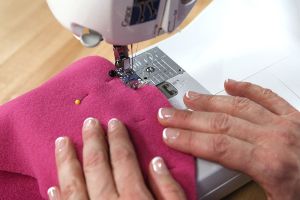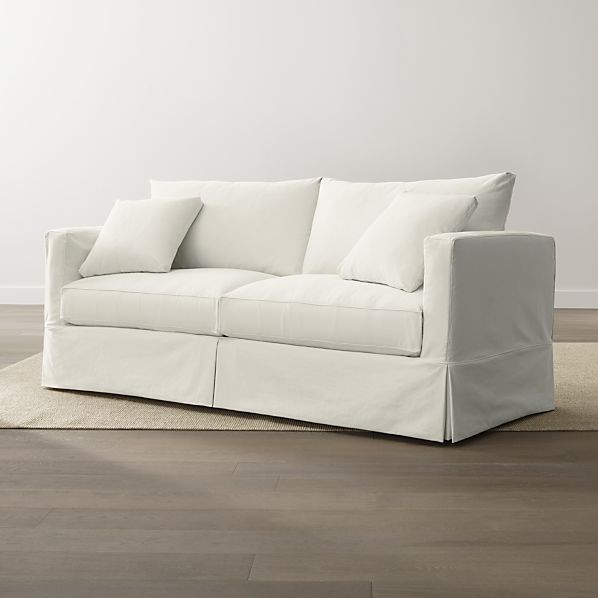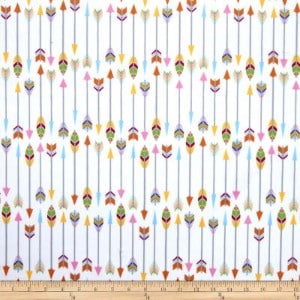Cerecloth Fabric: History, Properties, Uses, Care, Where to Buy
This might sound a bit scary, but if you have seen a dead body, you will know that they are sometimes wrapped with a special clothing fabric to prevent air and to preserve the dead body for some time. That fabric is called Cerecloth. It is often made of linen or any other fabric. The fabric is coated in the wax or any other gummy material to make it moisture-resistant to make Cerecloth.
This fact is also evident from the word “Cere” in its name, derived from the word Cerement.
Table of Contents
KEY TAKEAWAY
- Cerecloth is a fabric that is used for wrapping dead bodies to prevent air and preserve the body. It is coated in wax or other gummy materials to make it moisture-resistant.
- The fabric is made primarily from linen and has properties such as being air resistant and moisture resistant due to the wax coating.
- While Cerecloth is not suitable for clothing purposes due to its toughness and discomfort, it is commonly used as a shroud for wrapping corpses and in medical applications such as bandages.
History of Cerecloth
The history of Cerecloth dates back to the middle ages and the Renaissance times when the specialists used to do embalming following Egyptians method. It started in the 12th Century from France to England when the people embalmed King Henry I’s body. But at that time, it was a very expensive procedure. Even the royals could not afford it because the procedure included wax, expensive spices, wrappings, unguents, etc. The price charged by professional embalmers was just an addition to the cost.
To cope with the prevailing issue, the experts started using fabric strips coated in wax to prevent air out of the dead body. As a result, the Cerecloth was introduced, and now, it is used as a synonym for the grave cloth, which might sound quite creepy to the readers and listeners.
Properties of Cerecloth
The Cerecloth is made of various materials; however; Linen is the most widely used fabric for the purpose. The fabric is coated in gummy material like wax etc., to form the linen and other likely fabrics to transform it into the Cerecloth. That is why its properties are combines with wax and the fabric used in making it.
Some of the properties of Cerecloth is as follows.
Air Resistant
Since it is coated in wax and other gummy materials, the Cerecloth is highly air resistant. The wax blocks the small holes in the fabric, making it extremely difficult for the air to pass through the fabric.
Moisture Resistant
Along with having great air resistance, the Cerecloth also has great resistance against moisture. This is again due to the special wax material used in its making.
Unsuitable for Clothing Purposes
However, the Cerecloth is not suitable for clothing purposes as it is not one of the sewing fabrics because it is tough and quite uncomfortable if used as a dress.
Common Uses for Cerecloth
This fabric has highly limited usage, which is discussed below:
Shroud
Since the Cerecloth has roots with the embalming, it is used as a shroud or Cerement for wrapping the corpse. Moreover, the unique features of this fabric make it highly suitable for the under-cover in the altar.
Medical Purposes
The Cerecloth also has major usage in the medical field due to its air and moisture resistant quality. This fabric is often used as a bandage or wrapping during medical treatments. Nowadays, most of the bandages are made of Cerecloth.
Caring for Cerecloth
Unlike some sensitive fabrics such as fur, the Cerecloth does not have special care instructions. This fabric is not often washed or ironed because it is not used for clothing purposes. However, if it requires washing, you can simply hand wash it or use a washing machine. It is better to use suitable detergent and lukewarm to cool water. When washed, just put it in the dryer or hang it somewhere until it dries.
Where to buy Cerecloth Fabric
We recommend buying Cerecloth fabric at https://amzn.to/4b6kxLB





